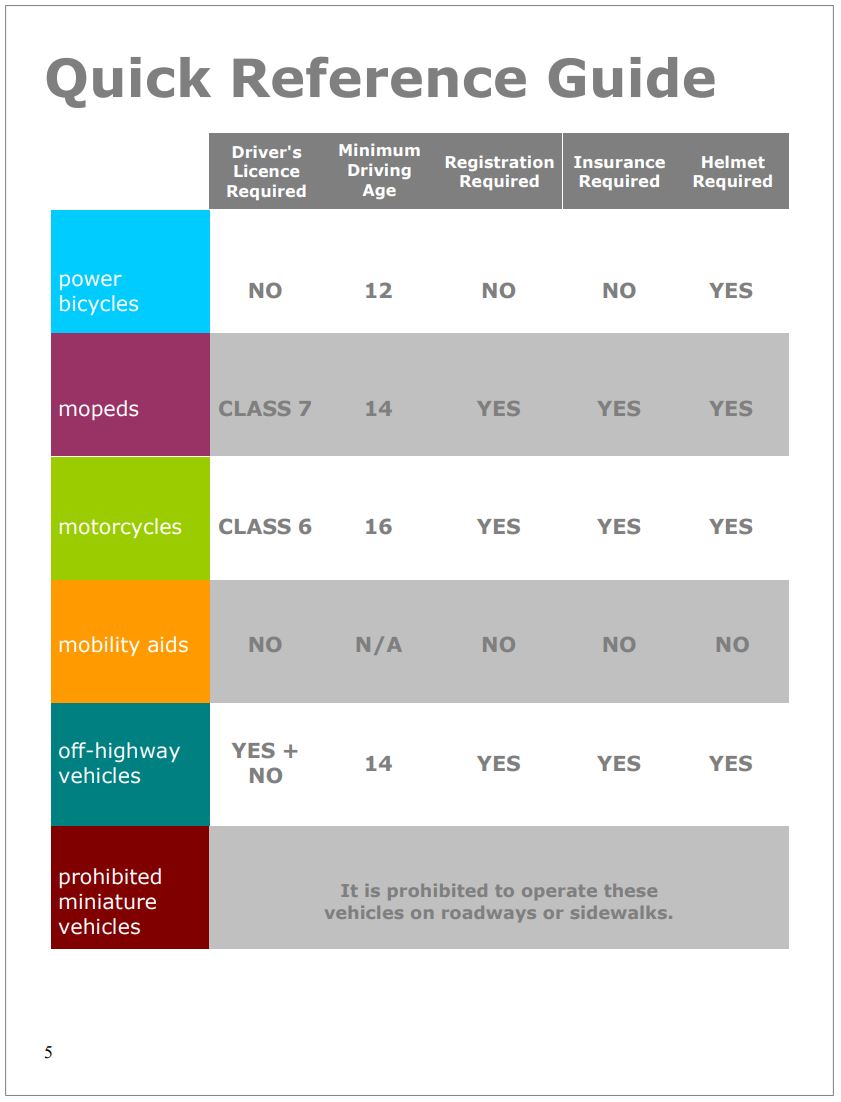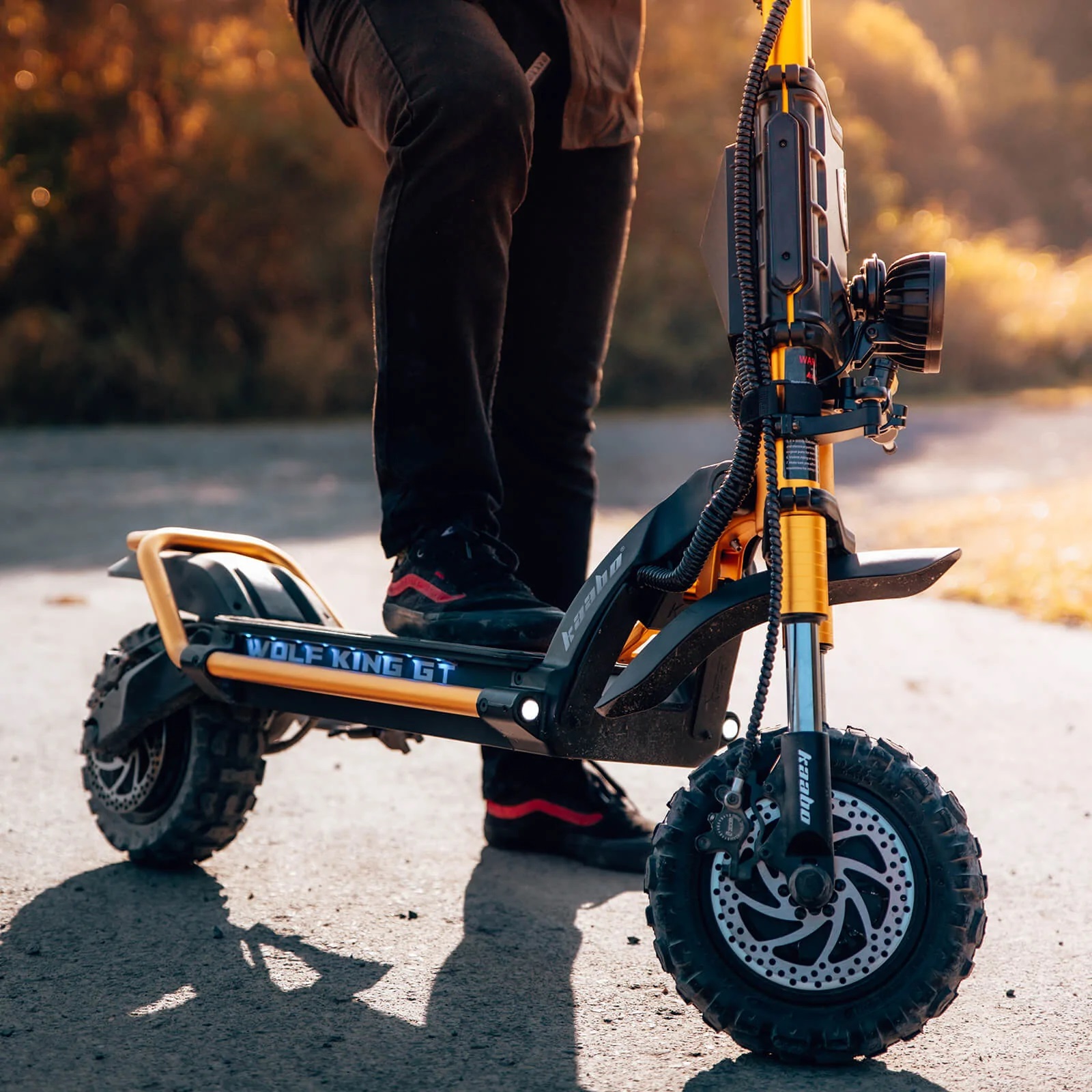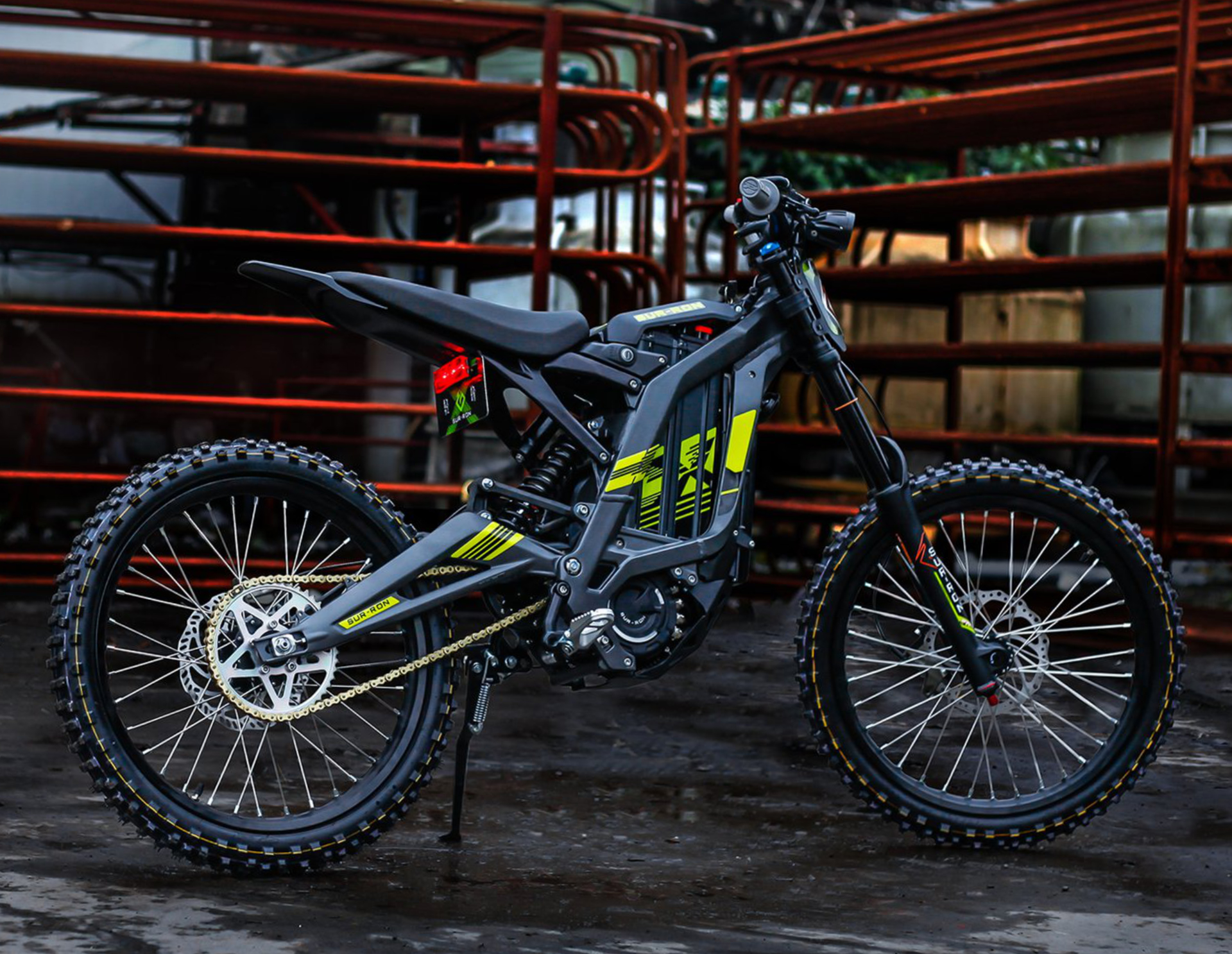As of 2022, gasoline prices have soared to crazy levels over the past couple of years, which has many people seeking alternative methods of commuting. Motorcycles have long offered a fun, cost-effective mode of transportation, but they are intimidating for some. Bicycles are favored by many who enjoy exercise and the lower environmental impact. Now of course we have a huge selection of e-bikes to choose from. You can have assisted pedaling right on up to full electric motorcycles, and the selections in between can cater to every whim.
But beyond just brands, styles, and sizes how do all these e-bikes compare to mopeds, motorcycles, and even regular bicycles? What else should buyers keep in mind when looking for two-wheeled transportation?
What’s In a Name?
Motorcycle
The widely accepted definition of a Motorcycle for the purposes of Traffic Safety Laws, Insurance, and legal purposes is “a powered two-wheel motor vehicle.” This definition typically encompasses gasoline engines from 50cc and up. With the advent of electric motorcycles, things have become interesting. Companies like Zero and Livewire have taken the approach of making a traditional road legal Motorcycle, just with an electric powertrain.
Moped
The widely accepted definition of a Moped for the purposes of Traffic Safety Laws, Insurance, and legal purposes is “a powered two-wheel motor vehicle” propelled by an electric motor or an engine that has a displacement of not more than 50cc, and has a maximum speed of 70 km/h or less.
Scooter
Scooters are somewhat unique because this is a label being applied to a couple of completely different styles of two-wheeled machines.
- A scooter is a motorcycle with an underbone or step-through frame, a seat, and a platform for the rider’s feet
- a vehicle typically ridden as a recreation, consisting of a footboard mounted on two wheels and a long steering handle, propelled by resting one foot on the footboard and pushing the other against the ground.
Basically one could be describing a Vespa, or the preferred choice for patrolling the sidewalks of suburbia by the grade school set.
To add a final twist to the Scooter label, the kid’s style Scooters have gone electric. There are low-powered versions being used for rentals in many Urban centers, and there are all levels of single and dual motor Scooters hitting the market each year.
E-Bikes
This will cover what most jurisdictions have adopted as an accepted definition for the purposes of Traffic Safety Laws, Insurance, and legal purposes.
An e-bike or power-assisted bicycle,
- has steering handlebars and is equipped with pedals
- is capable of being propelled by muscular power
- it has a total continuous power output rating, measured at the shaft of each motor, of 500 W or less
- Does not exceed a speed of 32 km/h
Around North America and many parts of Europe, these general rules are common. This is not the full set of terms, and some may have different speed limits, but this is a good rule of thumb. This ebike guide is a helpful resource that dives deep into this burgeoning segment.
Why Choose One Type Over Another?
Ah yes, the hardest question of all. Why would you choose one type of bike over another? I focus on three main factors, cost, use, and fun factor.
Cost For A Proper Motorcycle?
I talk to people wanting to get into motorcycles all the time, and it is very straightforward to make sense of what money is required to ride a motorcycle. The bike itself, the running costs, and the gear needed to stay safe and legal, are all required to ride gas or electric road-legal motorcycles.
The classic Venn diagram with Price, Performance, and Reliability, always holds up. If you want a fast reliable motorcycle it won’t be cheap. If you are looking for inexpensive and reliable, then you won’t have high performance.
To illustrate this point, we can compare two very similar bikes with shared DNA: the Harley Davidson Sportster S, and the LiveWire One.
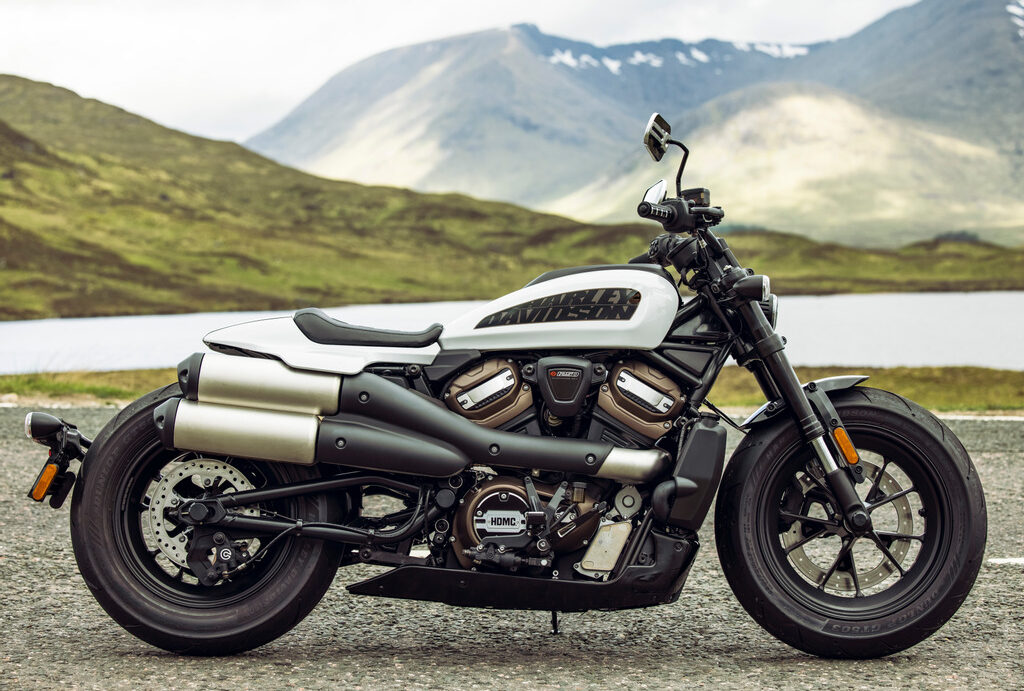 |
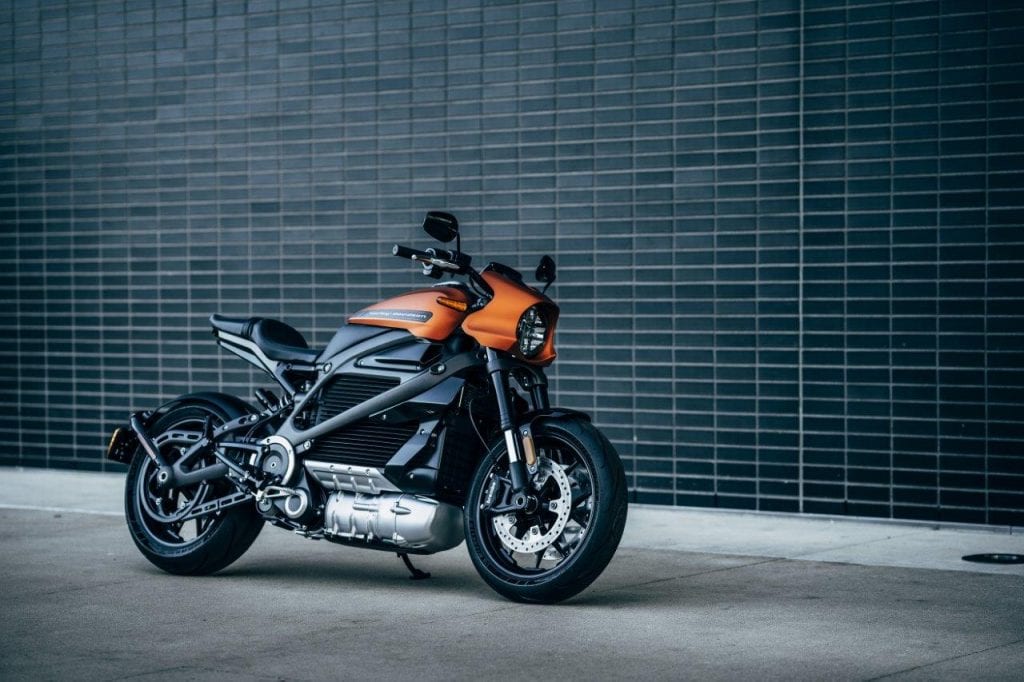 |
| Sportster S | LiveWire One | |
| Price | $15,499 | $22,799 |
| Torque | 94 ft. lbs | 84 ft. lbs |
| Weight | 502 lbs | 562 lbs |
| Range | 150 miles | 150 miles |
| Fuel for Max Range | 3.1gal x $4/gal = $12.40 | 15.4kw/h x $0.1/kw/h = $1.54 |
It would not matter which of these bikes you chose, both require the same basics items to legally ride them on the street. You require insurance and registration, riding gear (helmet, jacket, gloves, etc) on either bike to ride them on the street. The true picture of these two bikes is a little hidden.
The LiveWire One typically needs 11 hours to charge from a standard wall outlet. Using a DC fast charger at home or at a public charging station can cut the time to 60 minutes for a 100% charge. Now to ever actually see the advertised 150-mile range, will take some controlled riding. LiveWire is very transparent, and they state on the highway at 70mp/h the range will only be about 70 miles. For easy math let’s say it is 75 miles, that means charging at home with a good electricity cost of 10 cents per kw/h you would spend about $3 for the same range as the Sportster S. If you are charging at public stations expect the cost to be closer to 3 times your home rate. This paints a picture of a 40-70% savings in fuel cost to ride the same distance as the gas-powered equivalent.
Two other details I have yet to mention, charging times and passengers. The LiveWire One can get you around the city all day with no issues and easily charges overnight. With a passenger, the range will drop off, but it is all related to the kind of ride to determine the impact. LiveWire says to expect a 95-mile range in the city, owners report with a passenger they get about 20% less, or back close to 70 miles in the city. On the highway at 70 mp/h with a passenger range is closer to 60 miles.
Bottom Line
If you want a fun, cool-looking bike for the city, the LiveWire One is amazing. If you want to also hit the road and/or take a friend, staying with a gasoline-powered bike is the better choice.
Cost For A Commuter Bike / Moped
Now this is where I find the whole e-bike picture becomes very interesting. How can I make an apples-to-apples comparison? Finding a way to point to direct competitors is not simple, so I made the choice to focus on how riders are using transportation to affordably handle a task, commuting with simple cargo capacity. With that in mind, I am putting the Honda Metropolitan Scooter in comparison to the RadRover 6 Plus e-bike.
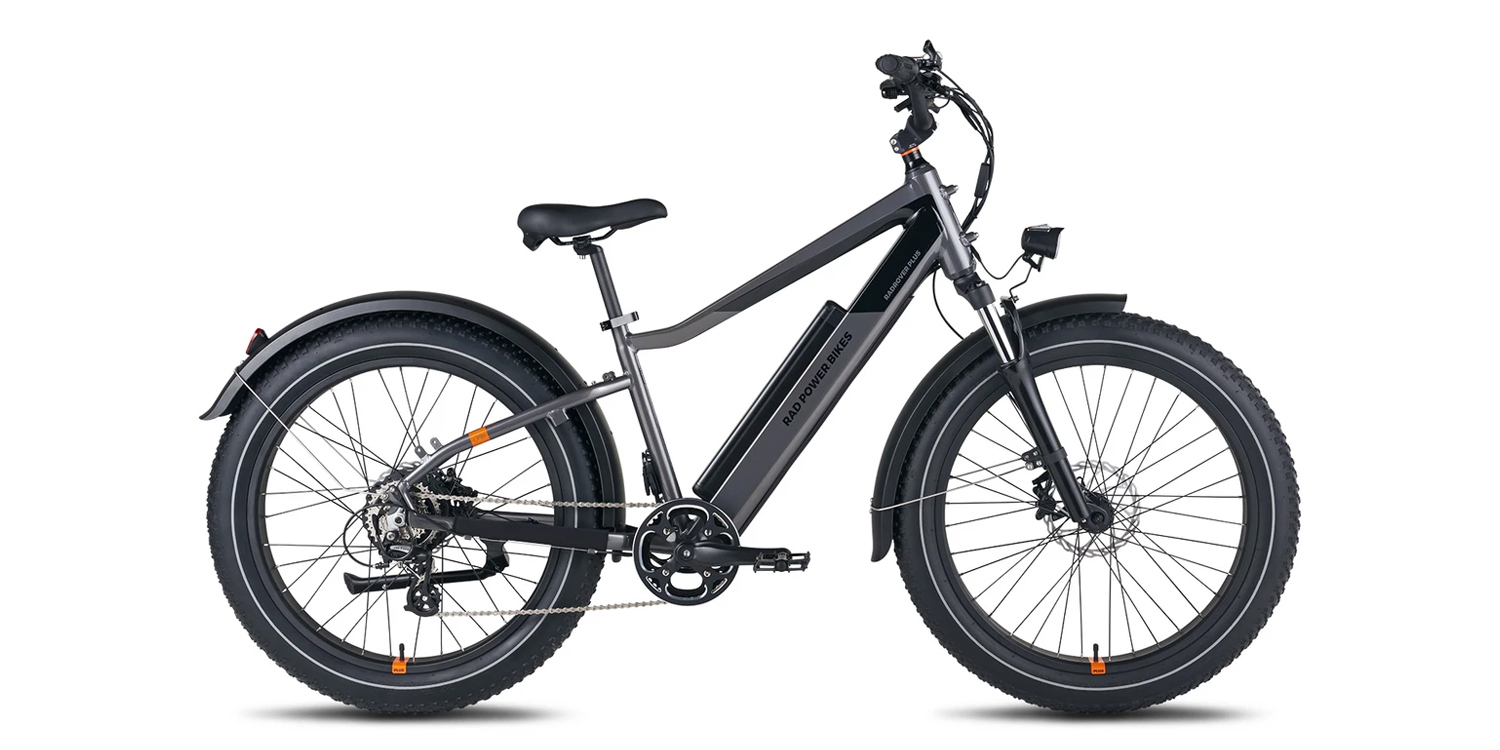 |
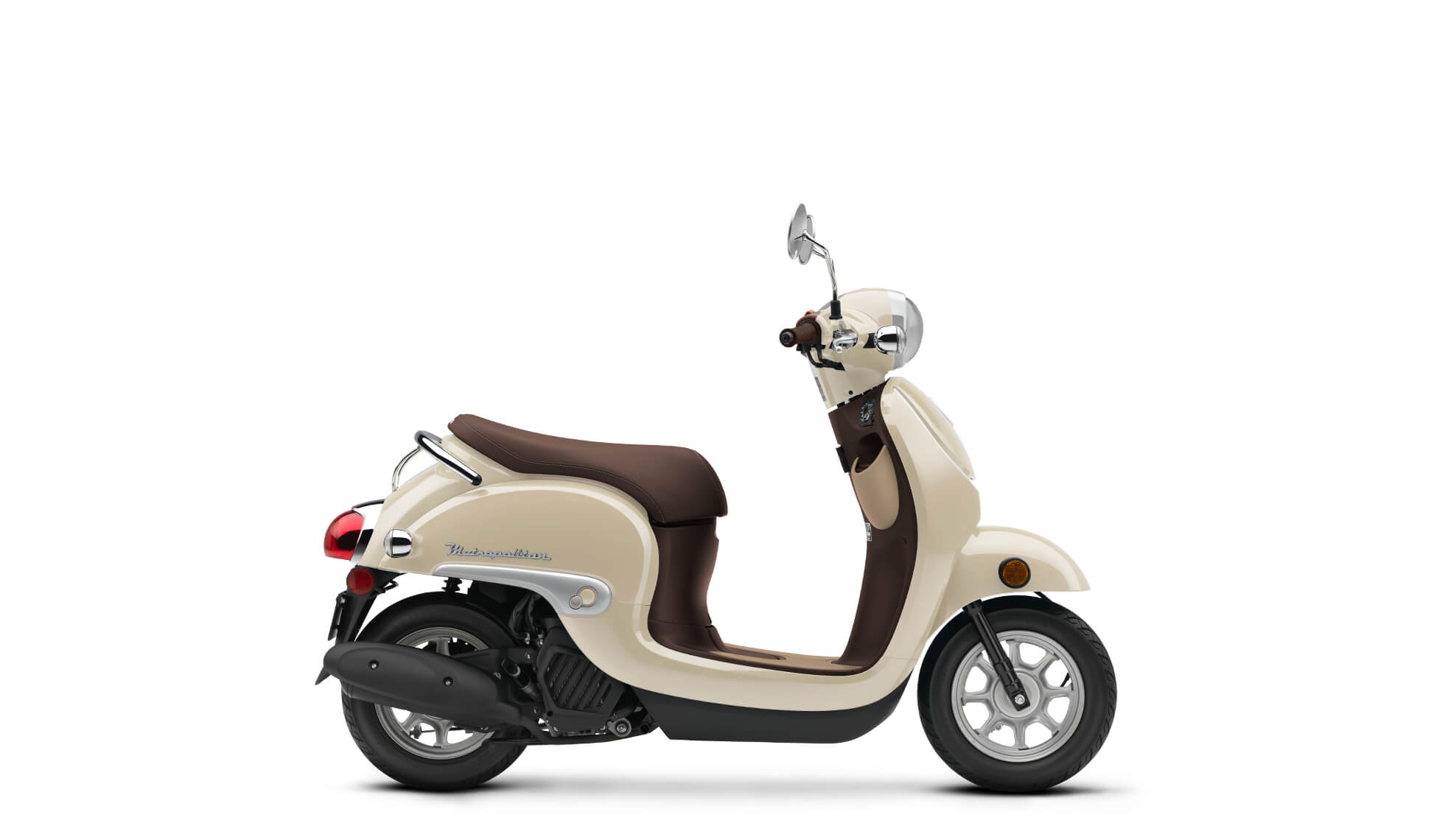 |
| RadRover 6 Plus | Honda Metropolitan | |
| Price | $1,999 | $2,599 |
| Motor | 750W | 49cc |
| Weight | 73.4lbs | 179lbs |
| Range | 45 miles | 100 miles |
| Fuel for Max Range | 0.672kw/h x $0.1/kw/h = $0.07 | 1.2 gal x $4/gal = $4.80 |
The RadRover 6 plus is a very highly regarded Class 2 e-bike, which can easily take 275 lbs and provide up to 45 miles of range at 20 mph with just a throttle twist and light pedaling. There are many different rack options to add on and transform this e-bike into an amazing around-town workhorse.
Yes, the Honda Metropolitan can deliver a bit higher speeds, and it is very useful with its big cargo hold, but you need a license, insurance, and a proper motorcycle helmet. Yes, the Honda is good, but I see many people realizing that an e-bike like the RadRover, is every bit as useful. You lose a little bit of speed, but the fact it is still a bicycle means you can go so many places the Honda is not welcome. Ride the city paths, park at bike racks, and take advantage of bicycle-only lanes, the list is long. All that without the fuss of insurance or a special license.
Bottom Line
An e-bike has a long list of advantages and savings, all without even needing to mention fuel vs electricity, over a traditional scooter. No, this is not a dead-even comparison, but it is relevant to how many people are using these two types of bikes. No-brainer for me, a Class 2 e-bike makes much more sense than a gas scooter.
In addition to insurance and gas savings, riding an e-bike can yield significant health benefits. Sportscalorie.com also has more cycling guides and tips if you want to learn more.
How About Other E-Machines?
There is a whole world of E-Scooters, and e-bike kits for the DIY crowd, plus a fresh wave of e-bikes that are “for offroad use only.” This is where the extremely powerful dual motor E-Scooters live, for example the Kaabo Wolf King GT with dual 2000w motors and a 60mph top speed. That falls well outside of what is legally allowed on the street, but people are able to ride them with little issue.
How about the ultra-cool bikes from Sur Ron? They are a cross between a motocross bike and a mountain bike with 2000w motors and incredible suspensions, they are an amazing ride but do not quite fall under all the same rules as motocross bikes.
More and more people are building their own e-bikes with kits and parts available from Amazon or Alibaba there are not many limits. 1000 W motors are becoming entry-level with many of the online kits.
Are They Legal?
The laws have set standards in place in an attempt to provide for the growing world of e-bikes, but like any relatively new product Laws are slow to keep pace making enforcement even more challenging. There are simply not going to be many enforcement officers on the trails or bike paths checking to see if your e-bike only has a 500W motor. It is also quite a challenge to regulate 28mph limits when we see many cyclists with just leg power able to stay with traffic.
These very much seem to be grey areas where it is not legal, but also not, not legal. Liability and insurance are always the considerations I fall back on.
The E-Scooters and e-bikes that are more motorcycles than bikes have no requirements to build to DOT standards like regular motorcycle manufacturers do, despite the fact they are capable of vehicle speeds. Insurance companies are already making adjustments and finding ways to offer products to help address this gap, but of course, it means standards and rules.
Finding insurance to cover theft will be simple, but finding liability insurance to cover your medical costs or those of another person you collide with, will be very difficult on e-bikes that fall outside of the current legal guidelines.
This is not meant as fear-mongering, just food for thought. The ever-increasing power race with e-bikes and E-Scooters will lead to injuries, and of course that always leads to regulatory changes.
Conclusion
The e-bike world is growing rapidly in lockstep with the rest of the EV world. The machines keep getting better and more affordable, and though EV range is still an issue, the landscape is very different. It is very important to have a clear understanding of how you plan to use the bike.
If weekend getaways, long trips, or two-up rides is the type of thing you are looking to do then it isn’t even a question, stay with traditional motorcycles.
If you just need to reduce transportation costs as a solo rider and you live where the weather allows it, I would be all about an electric motorcycle or e-bike. Forget this going to a gas station annoyance. With the ability to zip through traffic, park in so many more places, and just plug in at night, an electrified two-wheeled machine makes so much sense. Maintenance costs are lower and depending on needs, you might not even need to worry about vehicle style insurance and registration. Many people commute on a bicycle, on an e-bike you can enjoy the same benefits without being quite as sweaty.
Finally the “not for street use” products. I love these bikes and scooters, and they absolutely have a place if riders understand the risks and liabilities. The wave of electric motocross bikes totally changes how a ride in the forest can be, I look forward to swappable batteries.



